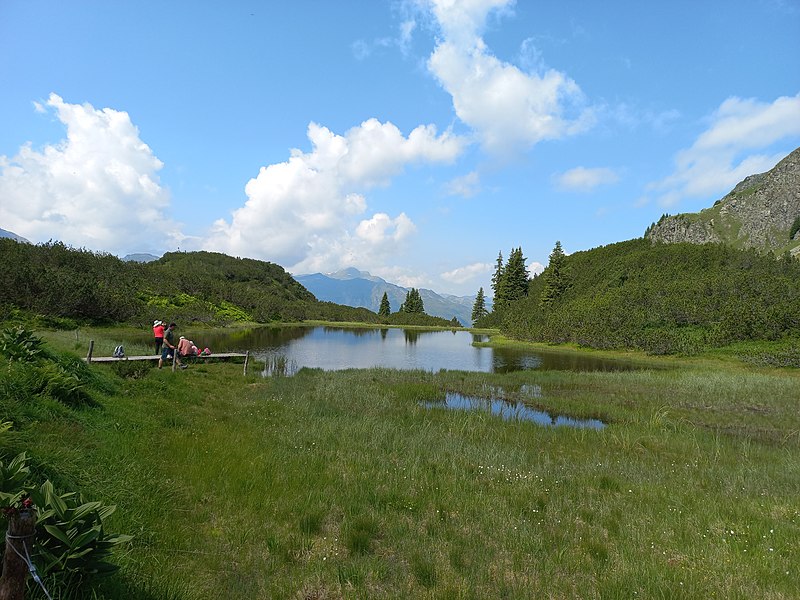The European Union's Nature Restoration Law will officially come into force on Sunday, August 18, as announced by the European Commission.
Each member state is now required to develop a national restoration plan to achieve the objectives outlined in the new legislation.
Following two years of debate and controversy within the EU, the Nature Restoration Law was finally adopted on June 17. This law is a cornerstone of the European Green Deal and the EU Biodiversity Strategy. It mandates that member states implement restoration measures across at least 20% of the EU's land and 20% of its sea areas by 2030. By 2050, such measures are expected to cover all ecosystems in need of restoration.
The law establishes specific targets for various ecosystems, including peatlands, forests, marine environments, and urban areas. However, the responsibility for determining the specific actions within their territories lies with individual member states.
Within the next two years, each member state must submit its national restoration plan to the European Commission, detailing their targets for 2030, 2040, and 2050. The Commission will offer support to help develop these plans.
The European Commission emphasized that the full implementation of this law is essential for restoring the EU's biodiversity and addressing the ongoing “biodiversity loss and ecosystem degradation,” which continues at an alarming rate despite both EU and international efforts. Currently, over 80% of European habitats are in 'poor or bad' condition.
The law’s implementation is also seen as crucial for achieving climate neutrality by 2050, adapting to climate change, and enhancing food security for EU citizens. In addition, it will support other European goals, such as ensuring water security. Photo by Asurnipal, Wikimedia commons.


















